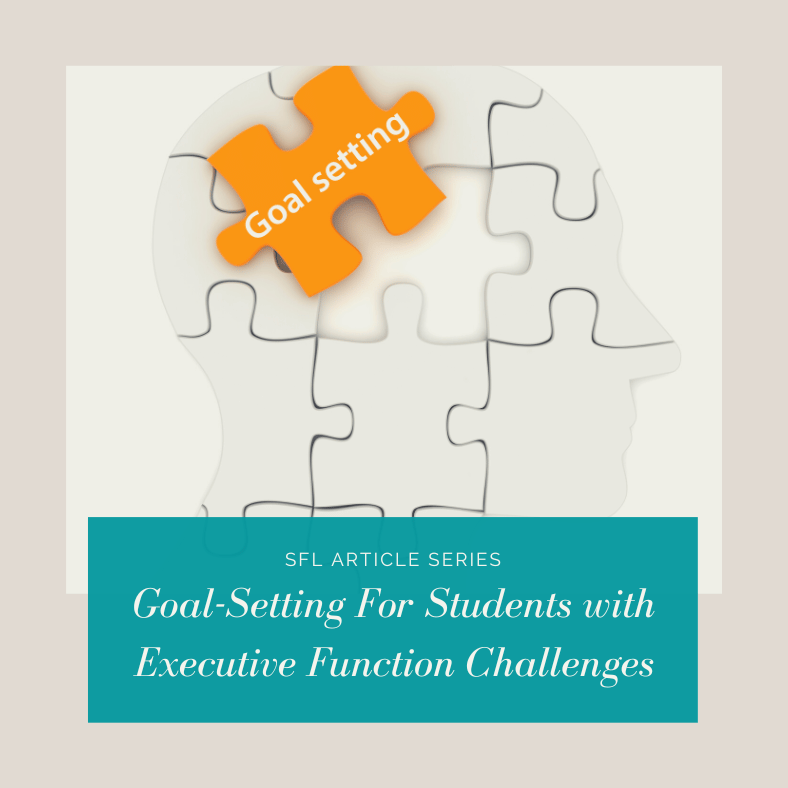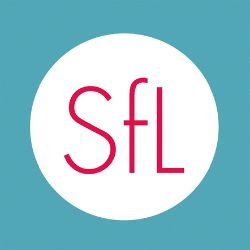No products in the cart.

As students embark on their academic journey, goal-setting emerges as a crucial skill, empowering them to chart their course towards academic achievement and personal growth. However, for students grappling with executive function challenges, the process of setting and achieving goals can present unique obstacles. These challenges can manifest as difficulties with organization, planning, time management, and task initiation, making traditional goal-setting methods less effective.
Rethinking Goal-Setting: Alternatives to SMART Goals
The SMART goal framework, often touted as the gold standard for goal-setting, emphasizes Specificity, Measurability, Achievability, Relevance, and Time-Boundness. While this framework has its merits, it may not be the best fit for students with executive function challenges. The prescriptive nature of SMART goals can feel overwhelming, leading to procrastination and disengagement.
Unleashing Creativity and Motivation with Vision Boards and Visual Roadmaps
Vision boards offer creative and engaging alternatives to traditional goal-setting. By collaging images, words, and phrases that represent their dreams, vision boards allow students to visualize their aspirations in a tangible and meaningful way. These visual reminders foster motivation and inspiration.
Visual roadmaps and diagrams provide a more structured approach to goal visualization. By breaking down long-term goals into smaller, more manageable steps, students can clearly see the path ahead, reducing feelings of overwhelm and boosting confidence.
Fostering Self-Efficacy and Independence with CANDO Goals
CANDO goals, an acronym for “Clear, Appropriate, Numerical, Doable (into Smaller Steps), Obstacles Considered,” cater specifically to the needs of students with executive function challenges. By emphasizing clear, achievable goals, flexibility, and self-monitoring, CANDO goals empower students to take ownership of their learning and progress.
Gamifying Goal-Setting: Transforming Goal-Setting into an Enjoyable Experience
Incorporating games and gamification elements can transform goal-setting into an engaging and enjoyable experience for students with executive function challenges. Games such as “Make a Bucket List” or even some video games, when well-structured, can introduce elements of competition, rewards, and interactive challenges, making goal-setting more motivating and engaging. A preliminary online search will yield plenty of ideas for goal-setting games and activities, from ice breakers to family challenges.
Empowering Students with Executive Function Challenges
When approached with creativity, flexibility, and a focus on individual needs, goal-setting can empower students with executive function challenges to achieve their academic aspirations. By adopting alternative goal-setting strategies like vision boards, CANDO goals, and gamification, students can visualize their goals, track their progress, and sustain motivation, paving the way for success in their academic journey and beyond.
Written by BJ McIntyre, M.A Education
Related Articles
Looking for Academic Support and other Educational Services?
You can schedule a free initial consultation to learn more about our services. We will listen to your concerns, answer any questions, learn about the student’s needs, and help guide you through our new student intake process.






